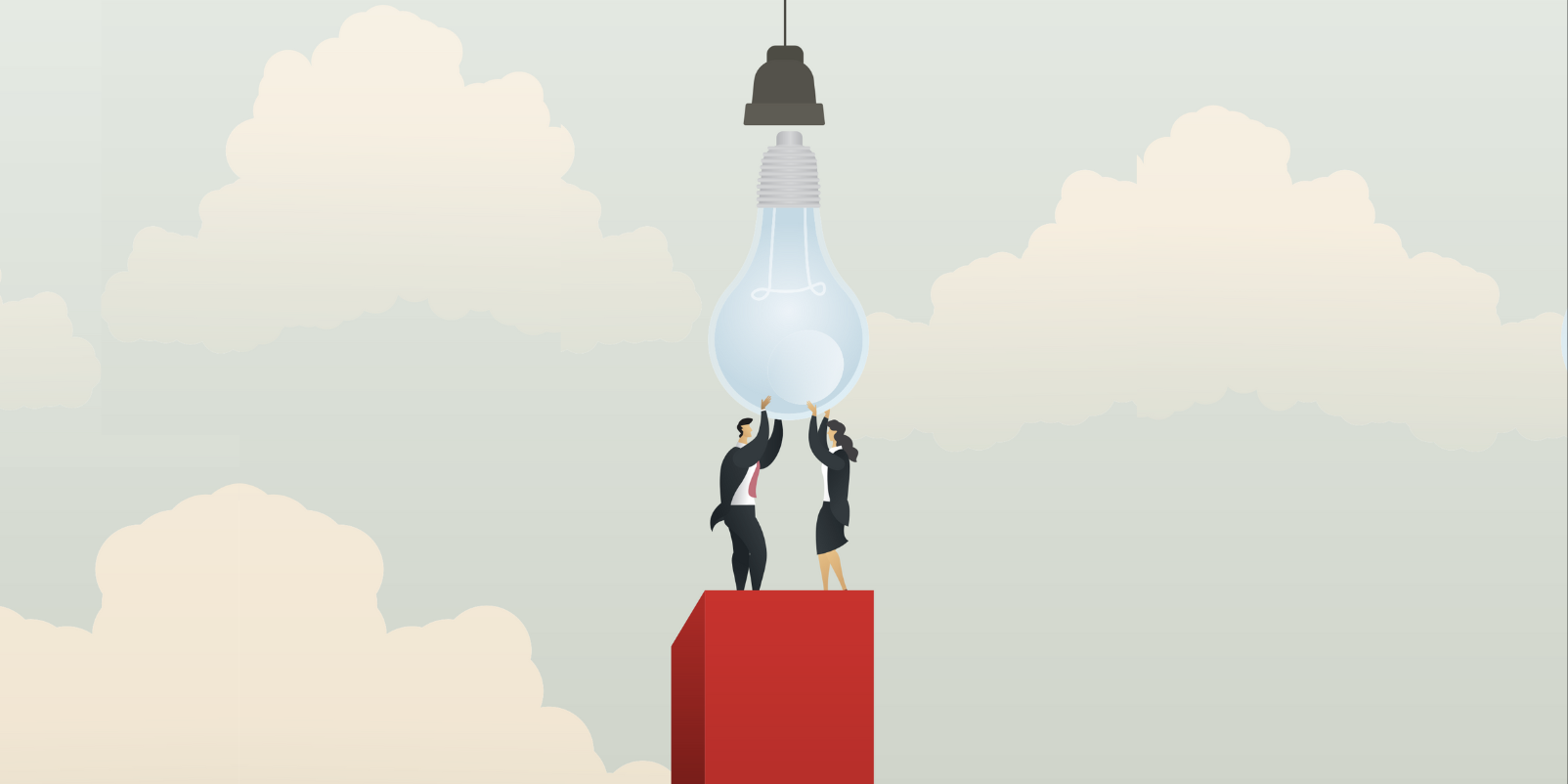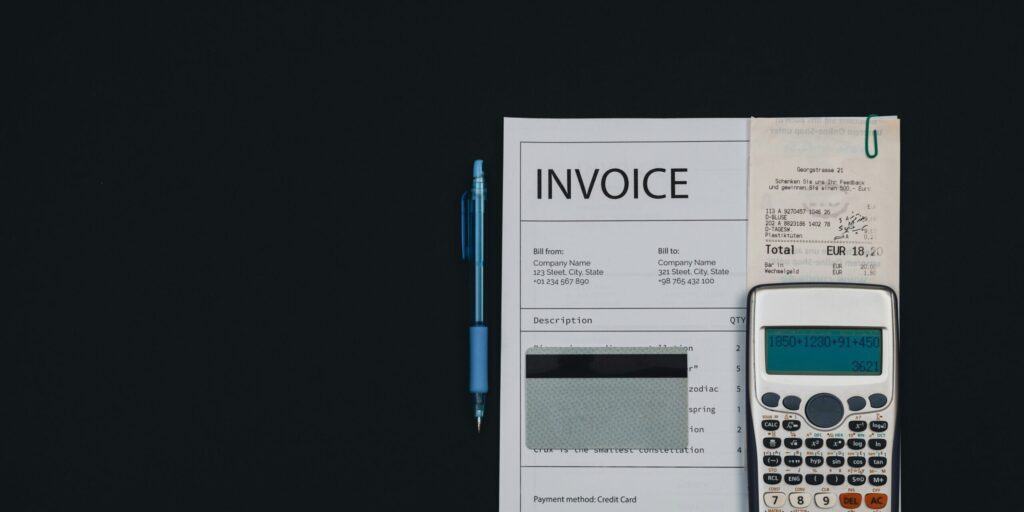Getting the most out of our experts
If given the choice between having 30 minutes to prepare for a 3-hour interview or 3 hours to prepare for a 30-minute expert interview, we’d always choose the latter.
When we’re collecting data for our engagements, expert interviews play an integral role. Conducting the interview itself is the most visible element of the process but there is a whole lot more.
It is really important to make effective use of a limited amount of time. So we follow a structured process:
- Define the interview goals
- Ask the right questions and organize the interview guide
- Identify, source, and research experts
- Conduct and manage the interview
- Summarize, synthesize, and iterate
Define the interview goals
We start our expert interview process with our hypothesis-driven framework. What is our hypothesis? What are we trying to prove or disprove? What is the big question we need to answer and what pieces of data do we need to do so? Where does an expert have insight that is unique, relative to other data sources?
Ask the right questions and organize the interview guide
We break down the focus area into components or areas of interest, such as market trends, competitors and market dynamics, benchmarking, and customer buying behaviour.
It’s not enough for us to know what answers we don’t know. We want to know what answers we don’t know and that we can not know by doing our own digging through other sources.
We gain little value from spending time asking a C-level executive basic information we can find online. Doing our homework in advance allows us to look credible with the interviewee and get the most of their time.
So, we conduct extensive secondary research in each area of interest to (a) ensure we have a solid foundational understanding and (b) determine where we need more information from experts.
After we do our research, we build out a set of questions that bypass the basics and capitalize on the expert’s unique experience and knowledge.
We then prioritize and organize the questions into a discussion guide, asking the most important questions early on and ensuring that we will come out of the interview closer to being able to prove or disprove our hypothesis. And we always give the client a chance to give feedback so that the whole project team is aligned.
Identify and source the right people
“Who would best be able to answer our questions?”
We start my mapping out expert profiles. We think through the criteria that would qualify someone to answer our questions and ask thoughtful screening questions to make sure they are a fit. We usually want to get perspectives from many expert types (e.g., former employees of competitors vs. customers/buyers), so we map out the ideal profile of each.
The sourcing process is intense. There are many resources available to access experts, each with pros and cons. If we did nothing more than use the expert networks that our clients can access themselves, and often do, we would struggle to add truly incremental value.
We start by tapping into our own personal networks to find qualified people we know who are willing to speak with us. With over 500 projects completed, we usually know someone…or someone who knows someone!
We scour the web to find people who work at competitor companies, or even better, who recently left competitors!
We often find some great nuggets from industry associations, organizations, and trade groups. On a recent engagement we were lucky to attend a trade show right in the middle of our process. BINGO!
Our consumer insights team also helps us find creative methods to find experts that are similar to how we find consumers, such as leveraging social media through launching paid social media ads. We join Facebook groups dedicated to specific activities reached out to people from there.
We use the expert networks as well. They are expensive, they compete against us with our clients, and they have overlapping lists (despite what they say). But the goal is to get the person with the insight we need so we compare the lists they all give us to one another and to the names we got on our own and develop a short list. We rarely rely on them completely, but we also rarely get away without using them at all.
The expert identification and sourcing process ends with researching the interviewees we’ve found and customizing the discussion guide.
We might send interviewees question areas or specific requests beforehand to ensure each expert is (a) able to answer our questions, (b) willing to answer them, and (c) prepared to answer questions (e.g., have specific numbers on hand to provide during the interview).
And based on what we know about each interviewee, we want to ensure that our set of questions from the discussion guide is relevant to them – we’re not going to ask the same questions to both the CFO of a competitor company and a customer. It’s worth taking a few minutes before each interview to review and customize the discussion guide.
Conduct and manage the interview
There are some good ways to help ensure the interview goes smoothly and efficiently as it unfolds.
Obviously we can’t control everything, but we’re constantly listening, adapting, and thinking on our feet.
Here are some of the things we keep in mind to manage interviews well:
1. OPEN THE
INTERVIEW
- Send discussion guide or agenda or requested datapoints in advance if warranted
- Build rapport to put everyone at ease
- Set expectations at the beginning around conversation flow and interruptions if conversation runs off track, given limited time together.
2. MANAGE THE
CONVERSATION
- Start with most important questions
- Drill deeper on areas of interest; Ask “why”
- Keep the conversation on track – interrupt if necessary / avoid tangents
- Listen actively with genuine interest to make the conversation dynamic and be able to ask thoughtful follow-up questions
3. CLOSE THE
INTERVIEW
- Leave broader open-ended questions to the end
- Thank the interviewee for their time and leave the option open for follow-up in case new questions come up as we learn more from other people or data sources
Summarize, synthesize, and iterate
When the interview is over, the job is still not done.
We complete our notes immediately after each session, summarize the key points and share insights with the team.
We take the time to triangulate what we learn with (a) other data sources, and (b) what other experts have said to validate or challenge what we previously heard.
If we need more information after this step, we’ll follow up with interviewee to get what we need.
The process for preparing for and conducting expert interviews is extensive, but it saves time in the long run and enables us to get as much out of the interview as we can. It is always worth it.
The most important thing we train our staff in is to remember to enjoy the process. We get to speak with a broad range of people with amazing experience. There is so much to learn if you pay attention.
You have 60 minutes or less…make it count!



